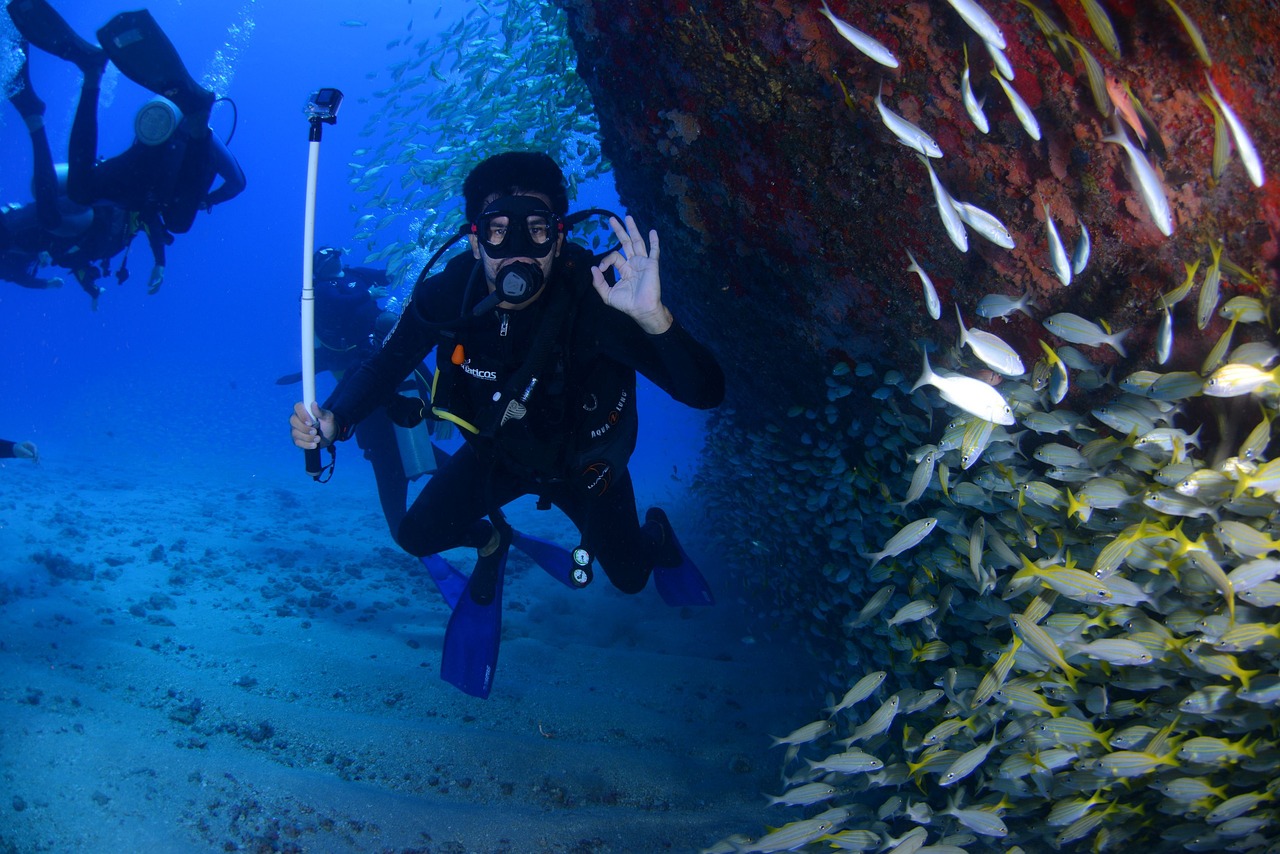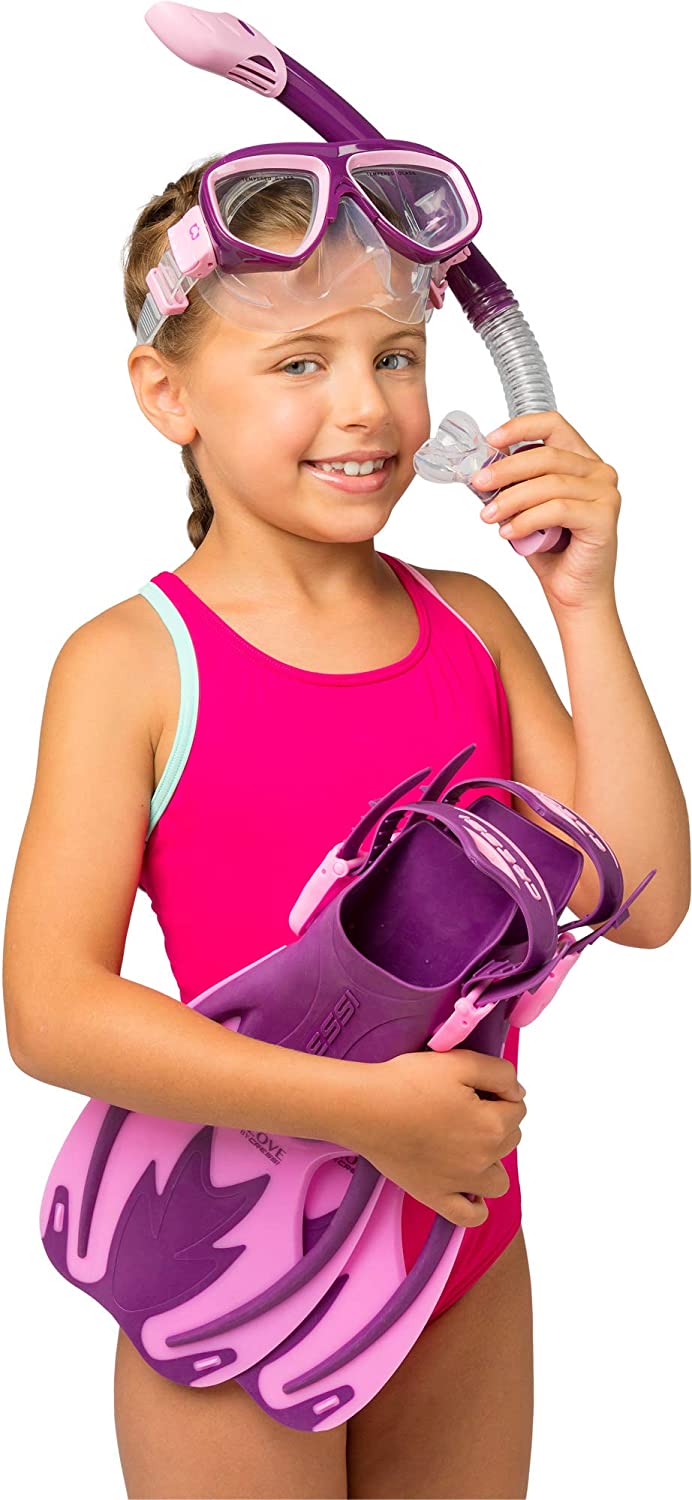Ultimate Guide to Diving with Kids in Thailand: Fun & Safety
Welcome to the ultimate guide to diving with kids in Thailand, where we will explore the most family-friendly dive sites and provide essential tips for an unforgettable underwater adventure. As one of the world’s premier scuba diving destinations, Thailand offers a plethora of marine life and stunning coral reefs that can be enjoyed by both novice and experienced divers alike.
In this comprehensive guide, we will delve into exploring the best diving spots in Thailand suitable for children and families. We’ll also discuss obtaining PADI Junior Open Water Certification for your young ones so they can safely experience the wonders of scuba diving.
Furthermore, our ultimate guide to diving with kids in Thailand covers essential gear specifically designed for children as well as snorkeling opportunities for younger kids not quite ready to take on full-fledged scuba adventures. Finally, we’ll offer tips on how to ensure your family getaway is a truly unforgettable one.
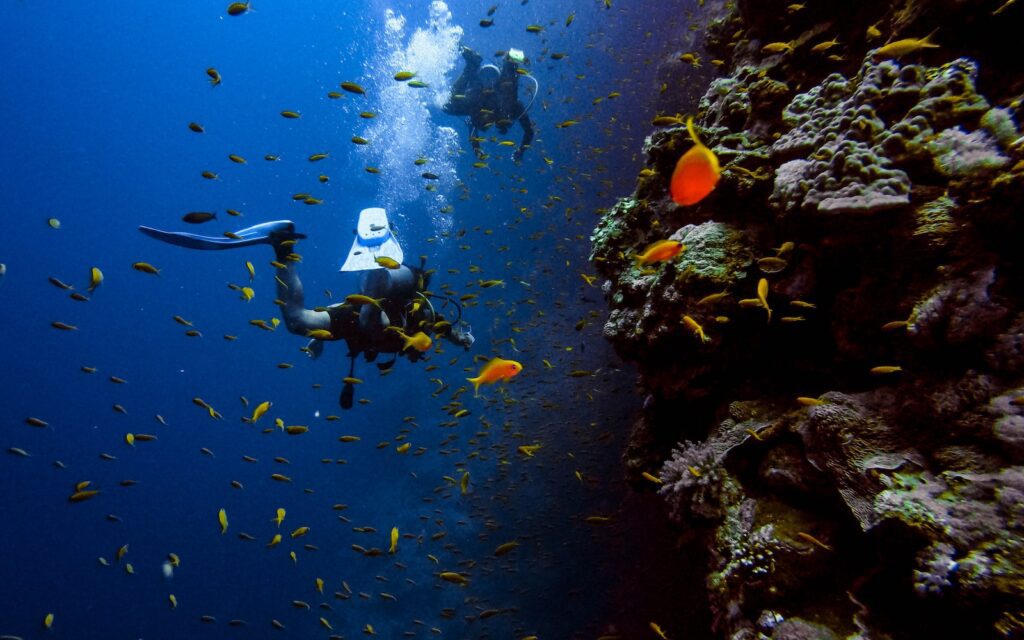
Table of Contents:
- Exploring the Best Diving Spots in Thailand
- PADI Junior Open Water Certification
- Essential Diving Gear for Kids
- Snorkeling with Younger Kids
- Making the Most of Your Family Adventure
- Conclusion
1. Exploring the Best Diving Spots in Thailand
If you’re planning a family adventure to Thailand, diving is an incredible experience that your kids will never forget. With crystal-clear waters and vibrant marine life, there’s no better place for underwater exploration. For a family-friendly diving experience, the Similan Islands are an ideal choice for underwater exploration in Thailand.
Similan Islands
The Similan Islands are known as one of the top dive destinations worldwide. These islands offer excellent visibility and diverse marine life such as manta rays, whale sharks, and colourful coral reefs. The shallow depths make it suitable for beginners while still offering plenty to see.
Koh Tao
Koh Tao, also known as Turtle Island due to its turtle-shaped outline, is another fantastic spot for families looking to dive together. This island has many kid-friendly dive sites where they can encounter turtles (of course.), reef sharks and various tropical fish species.
Racha Yai & Racha Noi Islands
A short boat ride from Phuket takes you to Racha Yai & Racha Noi Islands. These twin islands boast beautiful white sandy beaches along with stunning underwater landscapes featuring both hard and soft corals teeming with marine life.
Tips on Choosing Dive Sites:
- Consider water conditions: Choose locations with calm waters and good visibility for a more enjoyable experience, especially for kids.
- Check the depth: Opt for shallow dive sites if your children are new to diving or have limited experience.
- Select age-appropriate marine life encounters: Some dive sites may be better suited to older kids who can handle potentially encountering larger marine creatures like sharks or barracudas. Make sure you research beforehand.
Pack your bags and prepare to be astounded by the aquatic marvels that Thailand has to offer you and your kids – an experience that will remain in their memories forever. So pack up those bags, grab your fins, and get ready to explore the underwater wonders of this beautiful country.
From the stunning coral reefs to crystal clear waters, Thailand offers some of the best diving spots in the world. With careful planning and preparation, it’s possible for families with kids to experience this unique adventure safely and enjoyably. Now, let’s explore how to certify your children so they can partake in the thrilling activity.
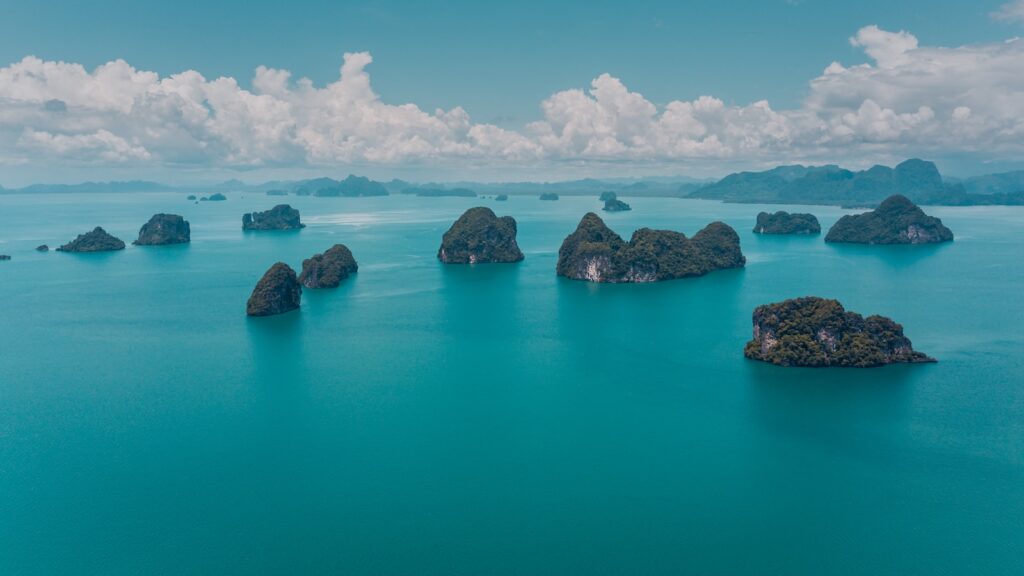
The ultimate guide to diving with kids in Thailand explores the best diving spots suitable for families. The Similan Islands, Koh Tao, and Racha Yai & Racha Noi Islands are some of the top destinations that offer excellent visibility and diverse marine life. When choosing dive sites, consider water conditions, depth, and age-appropriate marine life encounters for a more enjoyable experience.
PADI Junior Open Water Certification
Introducing your kids to the magical underwater world is an incredible experience, and getting them certified with the PADI Junior Open Water certification is a fantastic way to start. This course allows children aged 10-14 years old to dive up to 12 meters deep under the supervision of a PADI professional.
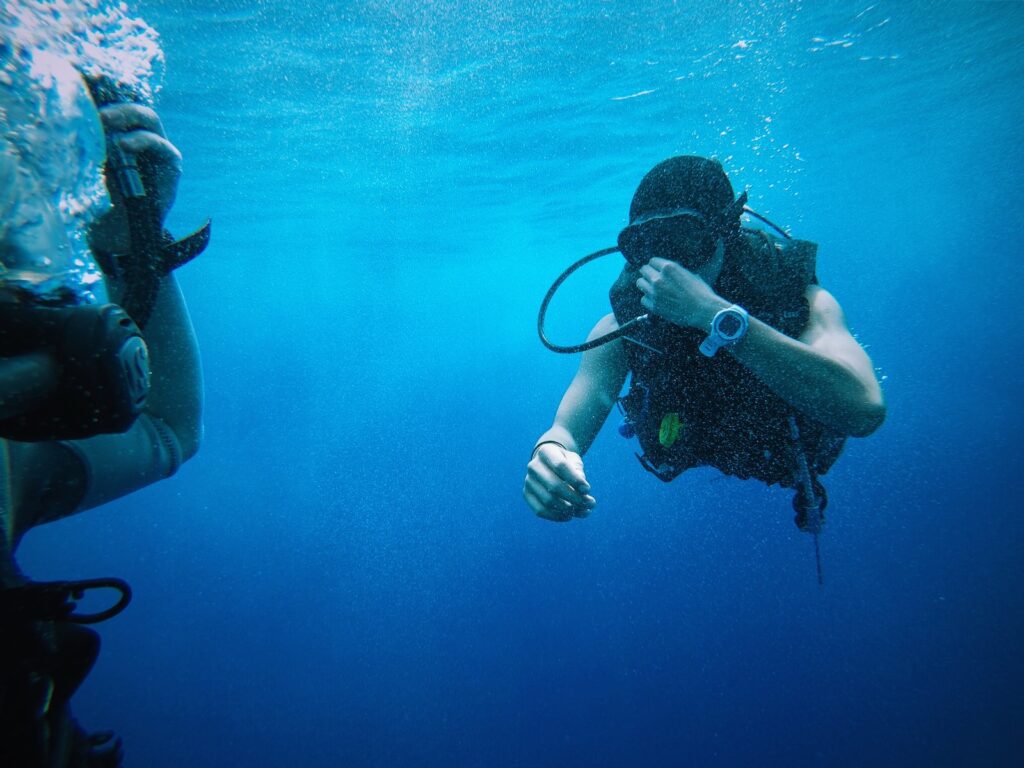
How does it work?
The PADI Junior Open Water Diver course consists of three main parts: knowledge development, confined water dives, and open water dives. The knowledge development section teaches your child about basic scuba diving principles through online learning or in-person classes. Confined water dives take place in a swimming pool or shallow area where they’ll learn essential skills such as mask clearing and regulator recovery. Finally, they’ll put their newfound skills into practice during four open water dives at some of Thailand’s beautiful dive sites.
Finding the right dive center
To ensure that your child gets the best possible training, it’s important to choose a reputable PADI Dive Center. Look for centers with experienced instructors who have worked with children before and can provide personalized attention throughout the course. Reading reviews from other families who’ve had similar experiences will also help you make an informed decision.
Tips for preparing your child for success
- Encourage enthusiasm: Share videos and stories about scuba diving adventures so that they’re excited about learning this new skill.
- Familiarize them with equipment: Let them try on masks, fins, and snorkels at home so they’re comfortable with the gear before their first dive.
- Practice swimming: Ensure your child is a confident swimmer, as this will make them feel more at ease in the water during their course.
What’s next after certification?
Once your child has successfully completed their PADI Junior Open Water Diver course, they can continue to explore Thailand’s underwater wonders under supervision. As they grow older and gain experience, there are opportunities for further training such as PADI Junior Advanced Open Water Diver, which allows them to dive up to 21 meters deep. Encourage your young diver to keep learning and developing their skills – who knows where it might take them.
The PADI Junior Open Water Certification is a great way for kids to learn the basics of scuba diving and get comfortable in the water. Before venturing into the depths, make sure to have all necessary scuba gear for your youngsters.
The ultimate guide to diving with kids in Thailand involves getting them certified with the PADI Junior Open Water certification, which allows children aged 10-14 years old to dive up to 12 meters deep under supervision. It is important to choose a reputable PADI Dive Center and prepare your child by encouraging enthusiasm, familiarizing them with equipment, and practicing swimming. Once they have completed their course, there are opportunities for further training such as the PADI Junior Advanced Open Water Diver certification.
3. Essential Diving Gear for Kids
Ensuring your kids have the proper diving gear is essential to ensure a safe and enjoyable experience in Thailand. This article will provide an overview of the necessary diving equipment for kids and where it can be obtained.

Kids’ Wetsuits or Rash Guards
A well-fitting wetsuit is vital for keeping your child warm and protected while diving in Thailand’s tropical waters. You can either purchase a kids’ wetsuit before leaving the UK or rent one from a dive center in Thailand. If you prefer something lighter, consider getting a rash guard instead – they offer sun protection and are perfect for snorkeling too. 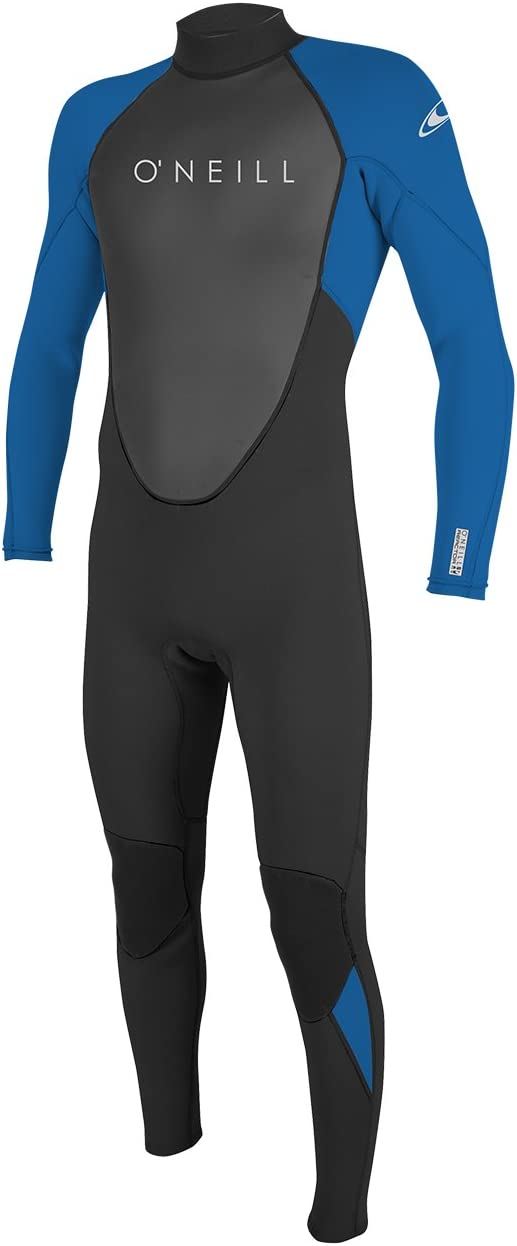
Dive Masks & Snorkels
To fully appreciate the beauty of Thailand’s marine life, invest in a good quality dive mask designed specifically for children’s smaller faces. Many masks come with an adjustable strap to ensure a comfortable fit as they grow older. A kid-friendly snorkel is also essential; look out for those with purge valves which make it easier to clear water from the tube.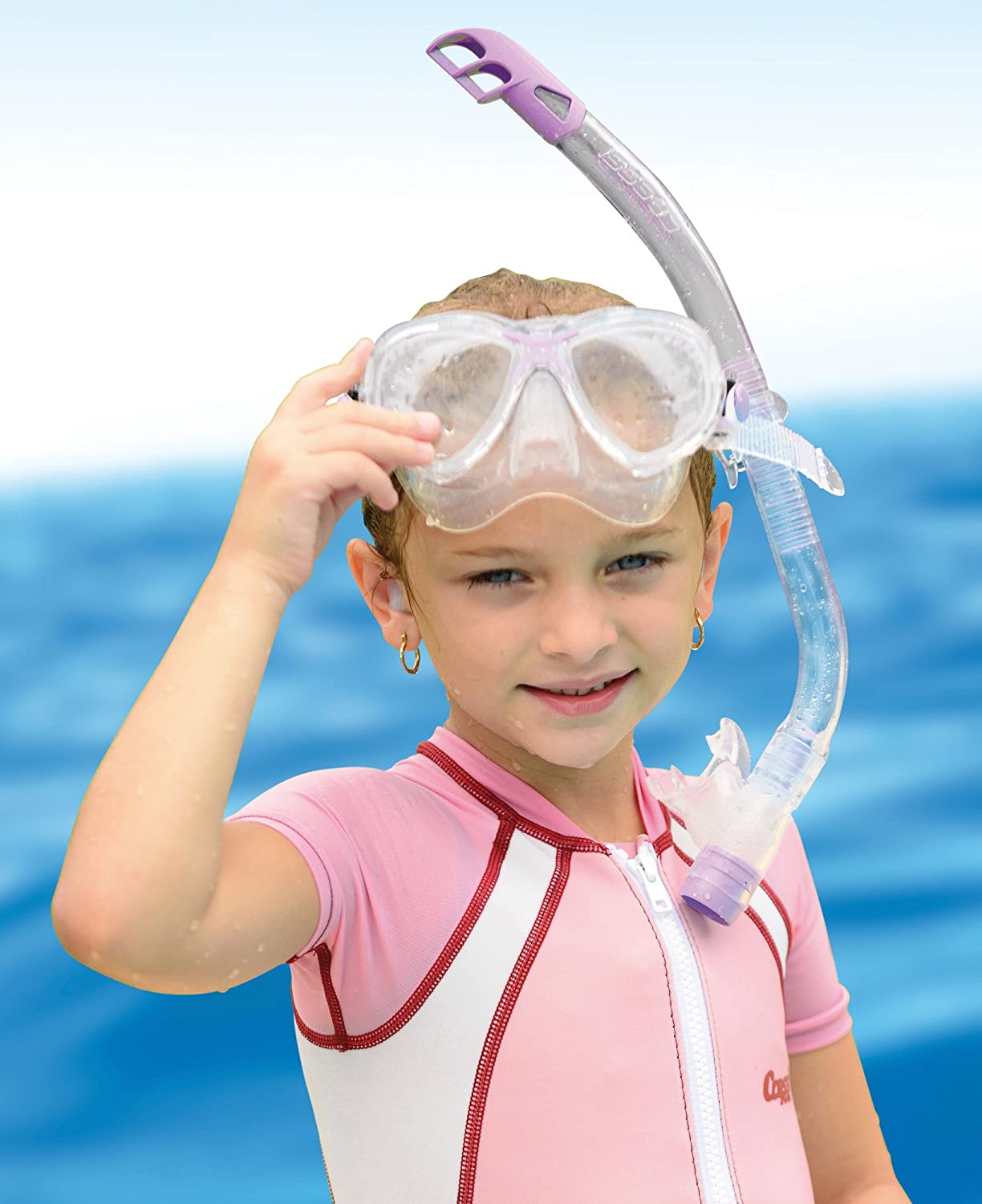
Fins & Booties
- Fins: Your child will need fins suitable for their shoe size; many models are adjustable so they can be used as they grow older.
- Booties: Neoprene booties provide extra comfort when wearing fins and protect little feet against sharp rocks during shore entries.

Buoyancy Control Device (BCD) & Regulator Set
Your child will need a BCD and regulator set designed specifically for their size. Many dive centres in Thailand have junior-sized equipment available to rent, but if you prefer to purchase your own, consider investing in an adjustable BCD that can grow with your child.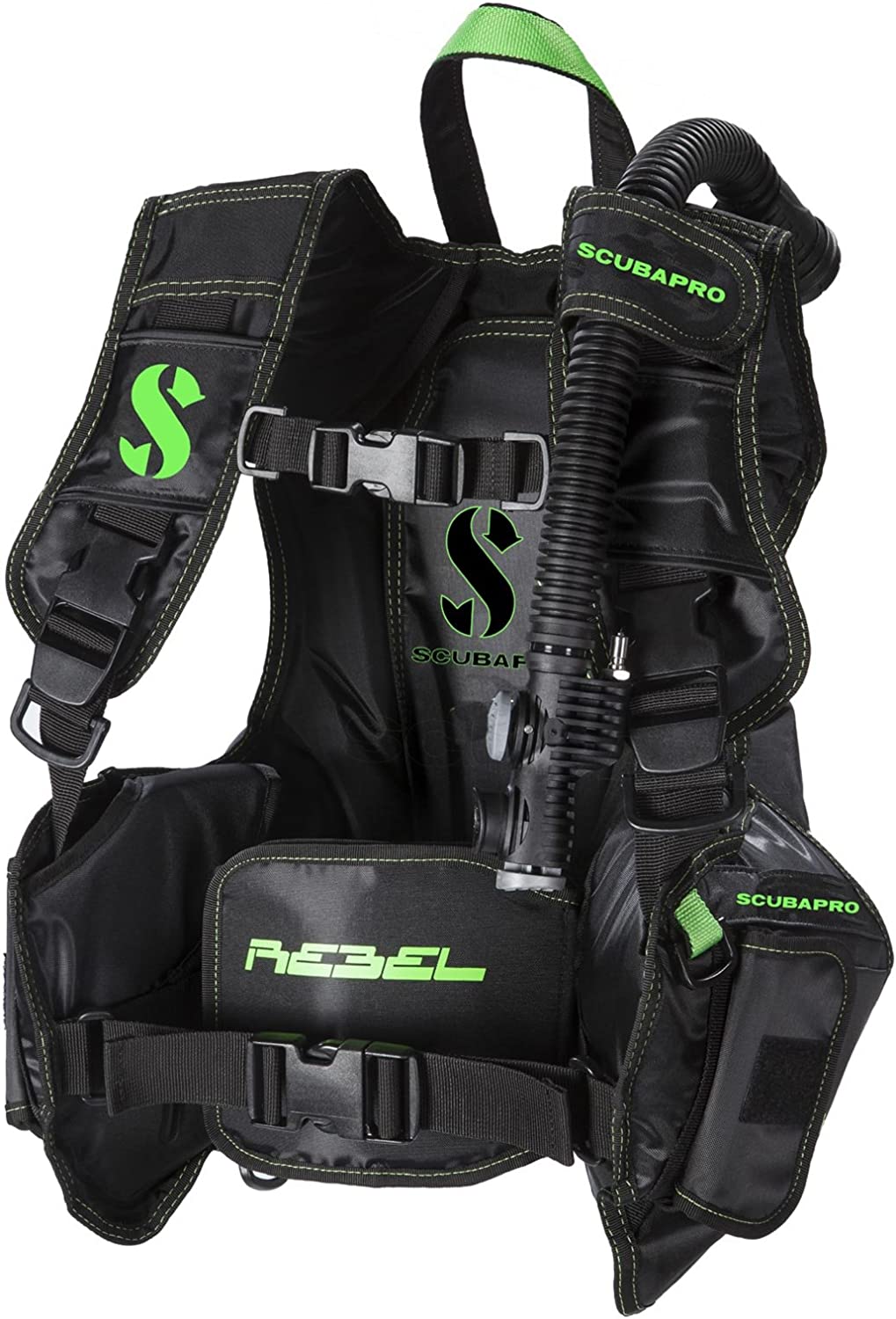
Accessories & Safety Equipment
In addition to the essential gear mentioned above, don’t forget these important accessories:
- Dive computer: A wrist-mounted dive computer helps monitor depth and time underwater, ensuring a safe diving experience.
- Safety sausage: Also known as a surface marker buoy (SMB), this brightly coloured inflatable tube is crucial for signalling your location on the surface during boat dives.
In conclusion, having the right diving gear will ensure that your kids are comfortable and safe while exploring Thailand’s underwater world. Remember always to consult with local dive centres or instructors for any additional advice or recommendations specific to the area you’ll be visiting.
Having the right diving gear for kids is essential to ensure their safety and comfort while exploring the underwater world. Snorkeling with younger children requires extra precautions, so it’s important to make sure you have all of the necessary equipment before getting started.
When planning a family diving adventure in Thailand, it’s important to ensure that your kids have the right gear. Essential equipment includes wetsuits or rash guards, dive masks and snorkels designed for children’s smaller faces, fins and booties suitable for their shoe size, BCD and regulator sets designed specifically for their size, as well as accessories like dive computers and safety sausages. It is crucial to consult with local dive centres or instructors for any additional advice or recommendations specific to the area you’ll be visiting.
4. Snorkeling with Younger Kids
If your little ones are not quite ready for diving, snorkeling is a fantastic alternative to introduce them to the underwater world of Thailand. Thailand’s waters provide the perfect opportunity for your children to explore and experience snorkeling. Here are some tips on how to safely snorkel with younger children in Thailand.
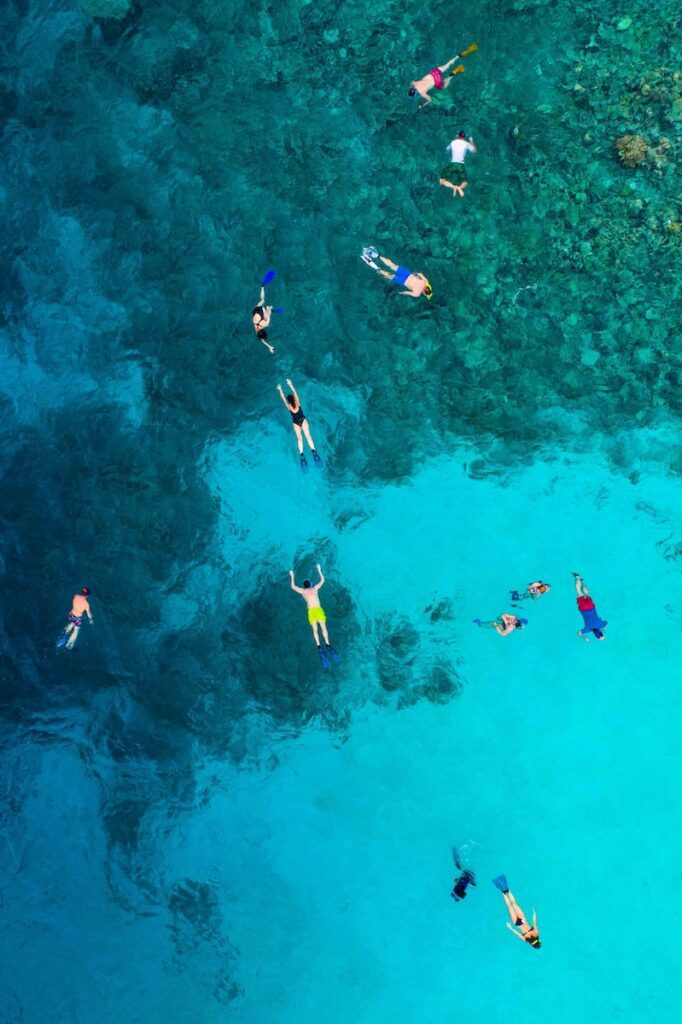
Finding the Right Location
Choose a calm and shallow location where your kids can easily stand or float without getting overwhelmed by waves or currents. Some popular family-friendly spots include Koh Hong, Similan Islands, and Koh Tao.
Selecting Appropriate Gear
Ensure that your child has a comfortable mask that fits well around their face, preventing water from seeping in while they’re exploring underwater wonders. A good-quality snorkel should have an easy-to-use purge valve so they can effortlessly clear any water that enters it.
- Masks: Choose one specifically designed for children, ensuring it provides a secure fit and wide field of vision.
- Snorkels: Opt for dry-top models which prevent water from entering when submerged or if waves splash over the top.
- Fins: Adjustable fins will allow your child to grow into them and ensure a comfortable fit.
- Life Jackets: Consider using life jackets or flotation devices for added safety, especially if your child is not a confident swimmer.
Teaching Basic Snorkeling Skills
Prior to venturing out into the ocean, practice basic snorkeling skills with your kids in shallow water or even at the pool. Teach them how to breathe through their snorkel, clear it of water, and equalize pressure in their ears. Encourage them to kick gently with fins rather than use their arms while swimming.
Buddy System and Supervision
The buddy system is essential when snorkeling with younger children. Pair up each child with an adult or older sibling who can help guide and support them throughout the experience. Keep close supervision on your little ones at all times as they explore underwater treasures.
Incorporating these tips will ensure that you create unforgettable memories while safely introducing your children to Thailand’s vibrant marine life through snorkeling adventures.
Snorkeling with younger kids is a great way to introduce them to the underwater world, and can be an incredibly rewarding experience for everyone involved. Prior to embarking on your Thai family excursion, ensure a successful outing by conducting some research and preparing in advance regarding the most suitable areas and activities for your group.
The ultimate guide to diving with kids in Thailand suggests snorkeling as a fantastic alternative for younger children. Parents should choose calm and shallow locations, select appropriate gear such as masks, snorkels, fins and life jackets, teach basic snorkeling skills and use the buddy system while keeping close supervision on their little ones at all times.
5. Making the Most of Your Family Adventure
To ensure you make the most out of this incredible journey, follow these tips and suggestions:
Create a Dive Plan Together
Involve your children in planning the dive trip by researching popular dive sites, discussing what marine life they’d like to see, and setting personal goals for each dive. This not only builds excitement but also gives them a sense of ownership over their underwater adventure.
Select Kid-Friendly Dive Operators
Choose a dive operator that has experience working with families and young divers. They should offer kid-sized equipment, have instructors trained to work with children, and provide age-appropriate activities during surface intervals.
Pack Snacks and Hydration Essentials
- Nutritious snacks: Pack healthy snacks such as fruit or granola bars to keep energy levels up between dives.
- Bottled water: Stay hydrated throughout the day by bringing plenty of bottled water along.
- Eco-friendly utensils: Bring reusable cutlery, plates, cups, and straws to minimize plastic waste while enjoying meals on board.
Capture Memories Underwater
Incorporate photography into your dives so you can relive those special moments later on. Invest in a good underwater camera or housing for your existing camera, and encourage your kids to take turns capturing their favourite marine life encounters.
Participate in Marine Conservation Activities
Dive trips can also be educational experiences that teach children about the importance of protecting our oceans. Look for dive operators who offer marine conservation activities, such as coral reef clean-ups or citizen science projects, so you can give back to the environment while enjoying its beauty.
Share Your Experiences with Others
Encourage your kids to share their diving adventures with friends and family back home through social media, blog posts, or even presentations at school. This not only helps them remember what they’ve learned but also inspires others to explore the underwater world themselves.
Taking these steps will ensure an unforgettable family adventure that combines fun, learning, and bonding – all while exploring Thailand’s stunning underwater landscapes together.
To make the most out of your family diving adventure in Thailand, involve your children in planning and select kid-friendly dive operators. Pack snacks and hydration essentials, capture memories underwater with a good camera, participate in marine conservation activities, and share your experiences with others to inspire them to explore the underwater world themselves.
Conclusion
Thailand is a wonderful destination for families who love adventure and the ocean. With its clear blue waters, coral reefs, and diverse marine life, it’s no wonder that Thailand is one of the best places to scuba dive with kids. From PADI Junior Open Water Certification to essential diving gear for kids and snorkeling with younger children, this ultimate guide covers everything you need to know about diving in Thailand with your family.
If you’re looking for more information on how to make the most out of your family adventure or want to book a trip today, visit Adventure Mum. Our team of experts can help you plan an unforgettable experience that will create memories that last a lifetime.

